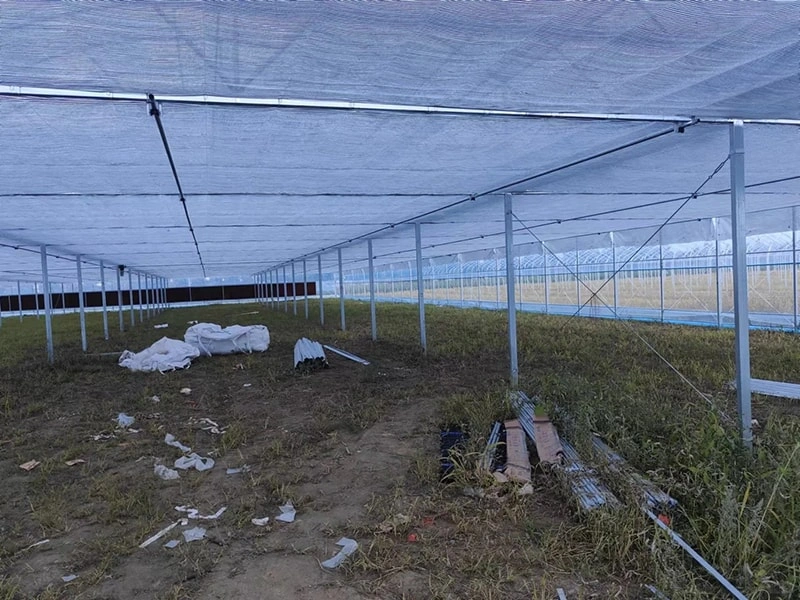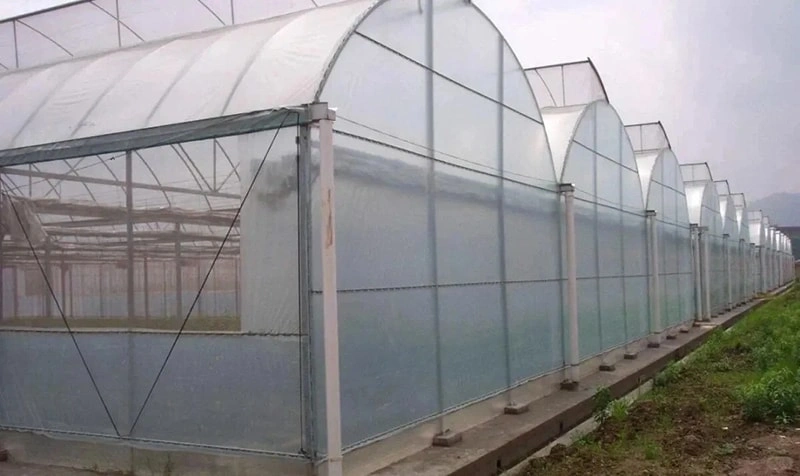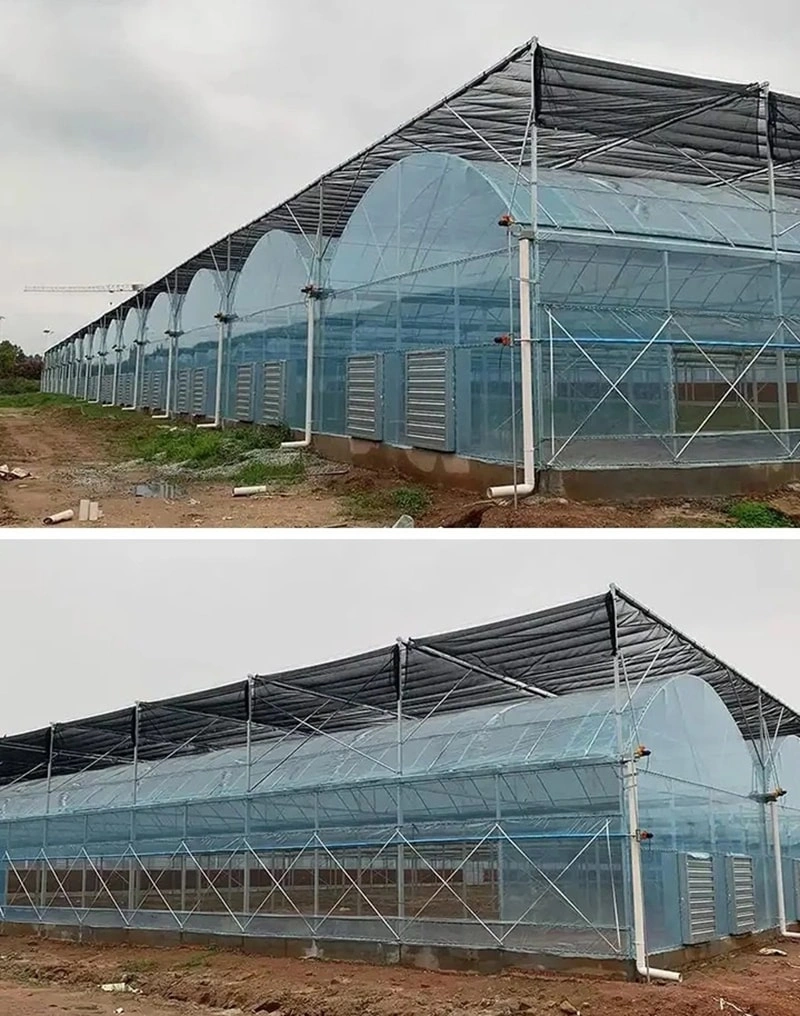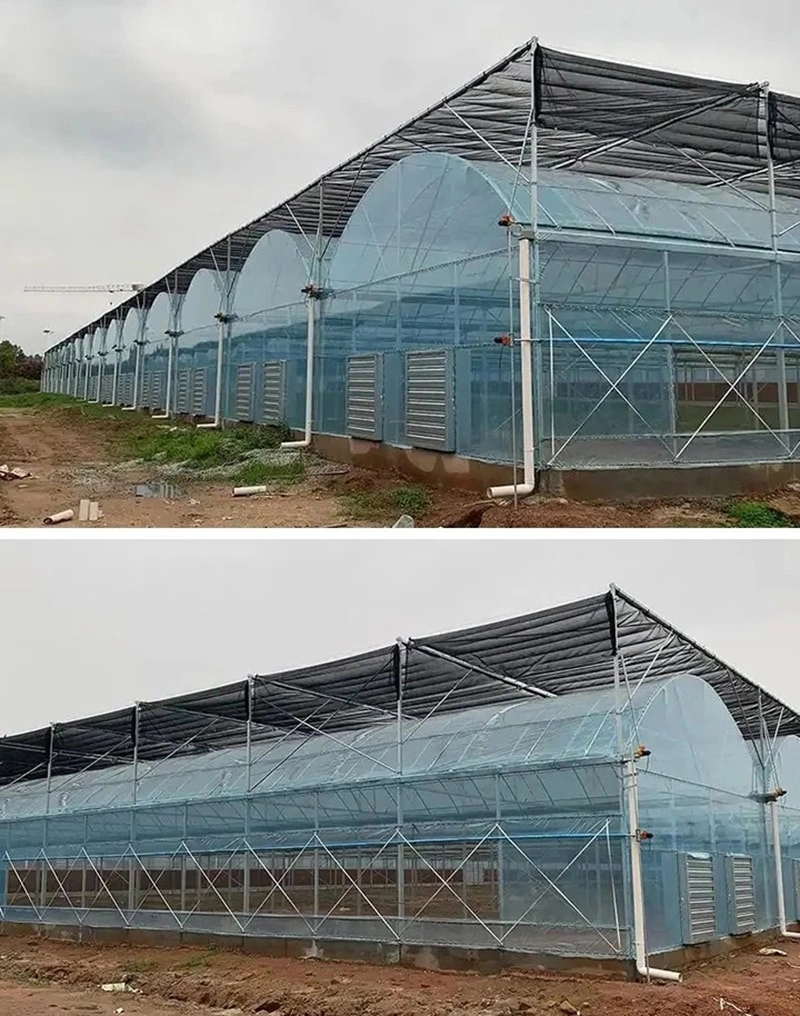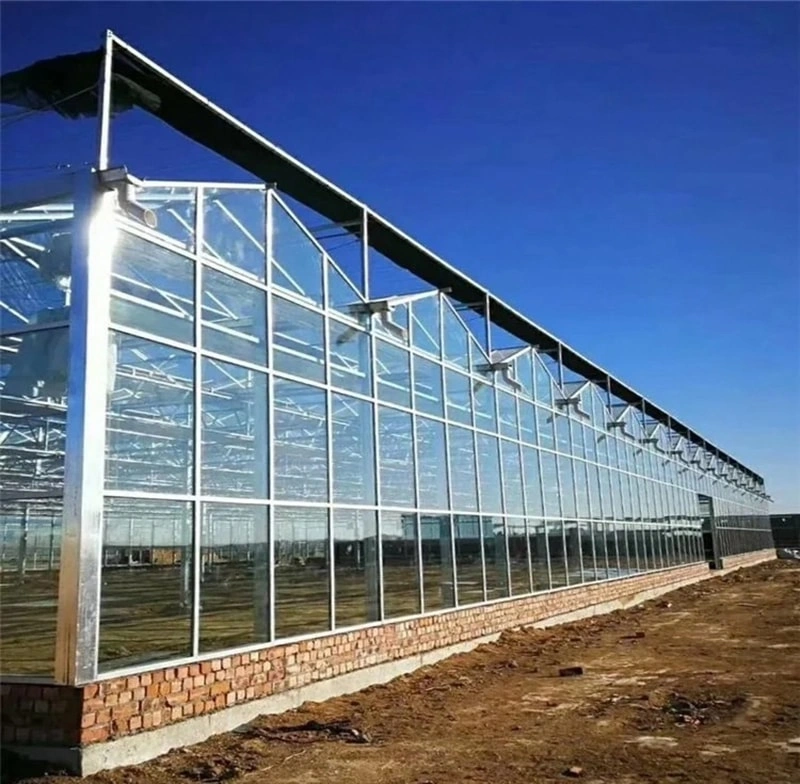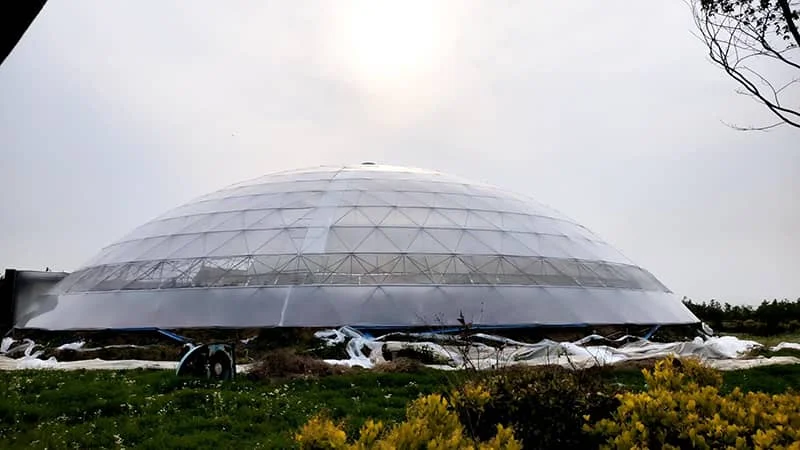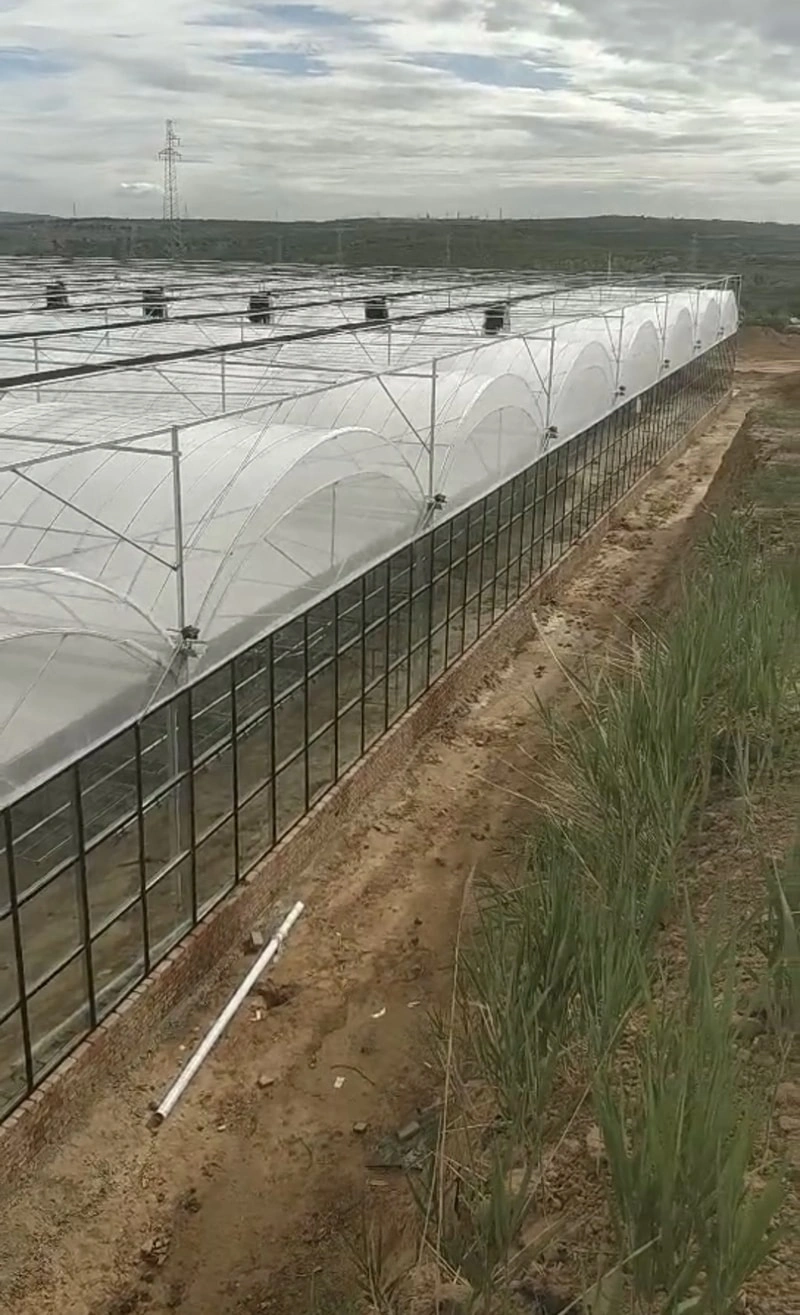Film Multi-Span Greenhouses: A Comprehensive Analysis of Pros and Cons
Film multi-span greenhouses, also known as gutter-connected greenhouses, have become a popular choice in modern agriculture due to their cost-effectiveness, scalability, and adaptability. These structures are widely used for vegetable cultivation, flower production, and even research applications. Below is a detailed breakdown of their advantages and limitations, along with insights into a leading manufacturer in the field.
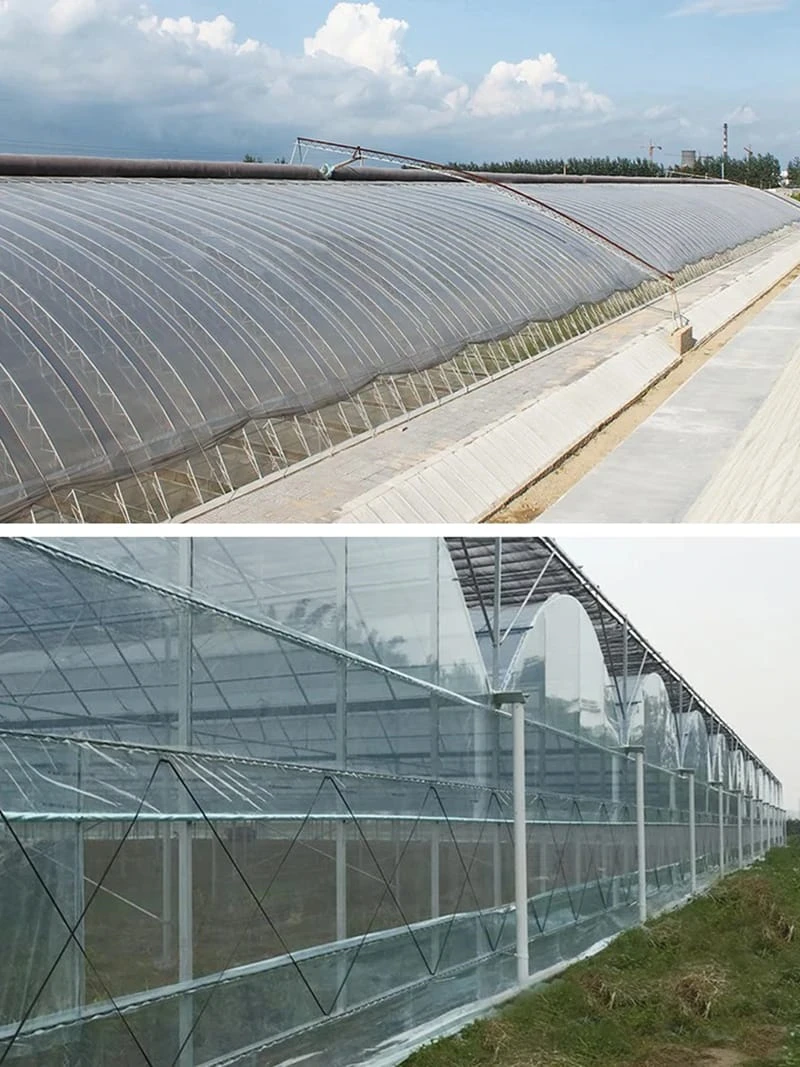
Key Advantages of Film Multi-Span Greenhouses
1High Land Utilization
- The connected design eliminates unnecessary gaps between individual greenhouses, increasing land use efficiency to over 85%, making them ideal for large-scale farming.
2 Superior Environmental Control
- Equipped with shading, ventilation, and insulation systems, these greenhouses maintain optimal growing conditions. Automated controls allow adjustments based on real-time climate data.
3 Effective Cooling Systems
- Fan-pad cooling and shade nets help regulate high temperatures in summer, ensuring crops are protected from excessive heat and sunlight.
4 Strong Disaster Resistance
- The hot-dip galvanized steel frame provides structural stability, enabling the greenhouse to withstand strong winds, heavy rain, and moderate snow loads.
5 Aesthetic and Organized Layout
- The uniform design enhances the visual appeal of agricultural parks, facilitating better farm management and planning.
6Cost-Effective Construction & Maintenance
- Compared to glass greenhouses, film multi-span structures are more affordable to build and maintain, making them accessible for small and medium-scale farmers.
7 Flexible Covering Material Options
- High-quality polyethylene (PE), polyvinyl chloride (PVC), or ethylene-vinyl acetate (EVA) films are used, offering UV resistance, anti-condensation properties, and extended durability (3-5 years).
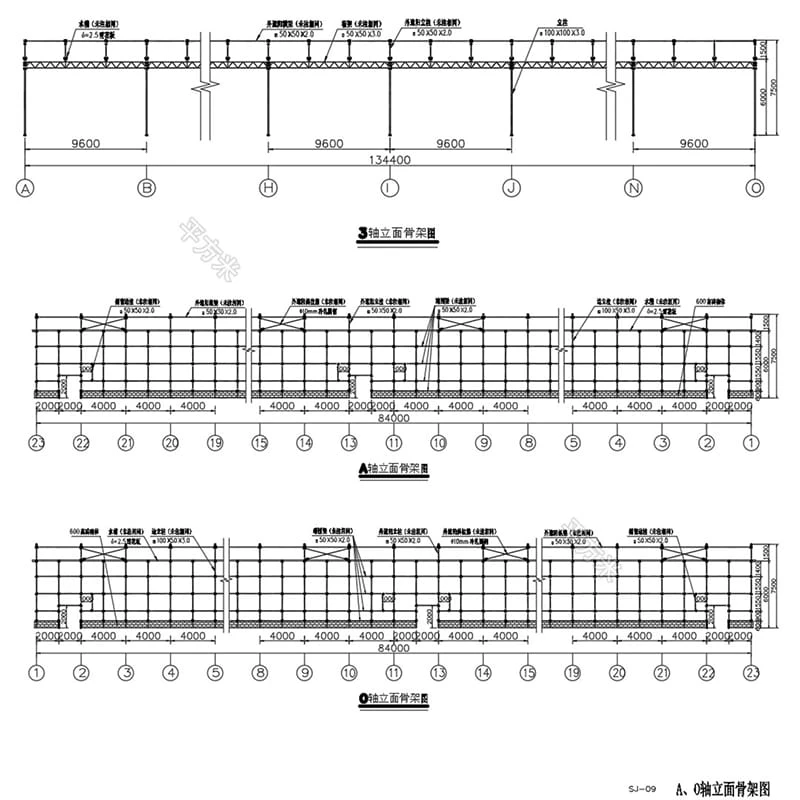
Potential Limitations
1Lower Insulation in Winter
- Single-layer films have poorer heat retention compared to double-layer glass or polycarbonate panels, requiring additional heating in cold climates.
2Film Degradation Over Time
- Despite UV protection, plastic films degrade after 3-5 years, necessitating periodic replacement.
3Snow Accumulation Risk
- Without proper reinforcement, heavy snow can cause film damage, though some models integrate snow-melting systems.
4 Higher Humidity Challenges
- Poor ventilation can lead to excessive humidity, increasing disease risks. Solutions include dehumidifiers and proper airflow management.
Spotlight on a Leading Manufacturer: Shandong Ruineng Century Agricultural Development Co., Ltd
As a professional manufacturer and supplier of film multi-span greenhouses, Shandong Ruineng Century specializes in customized, turnkey solutions for modern farming needs. Their services include:
- Tailored greenhouse designs based on regional climate and crop requirements.
- High-quality materials, including anti-UV, drip-free films and hot-dip galvanized steel frames.
- Smart greenhouse integration, featuring automated climate control, irrigation, and IoT monitoring.
- End-to-end project execution, from design to installation and after-sales support.
With a commitment to innovation and efficiency, the company supports sustainable and high-yield agriculture, helping farmers optimize production while reducing operational costs.
Conclusion
Film multi-span greenhouses offer a balanced solution for cost-conscious yet high-performance farming. While they have some limitations, advancements in materials and automation continue to enhance their efficiency. Manufacturers like Shandong Ruineng Century play a crucial role in delivering reliable, customizable, and tech-driven greenhouse solutions for the future of agriculture.
For more details on greenhouse specifications and supplier options, explore industry standards like DB32/T 4757-2024 for construction guidelines.
GreenhouseManufacturer SmartAgriculture FilmGreenhouse AgriculturalInnovation ControlledEnvironmentFarming







